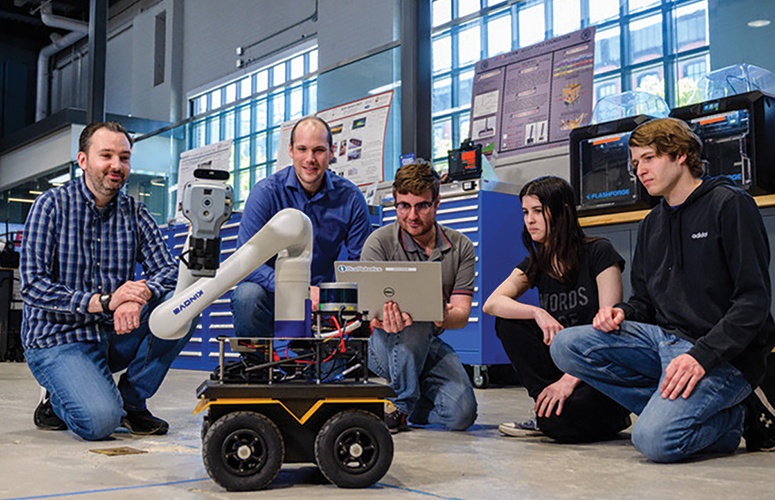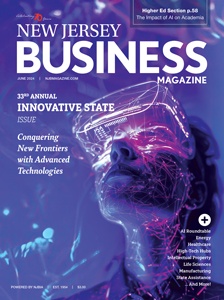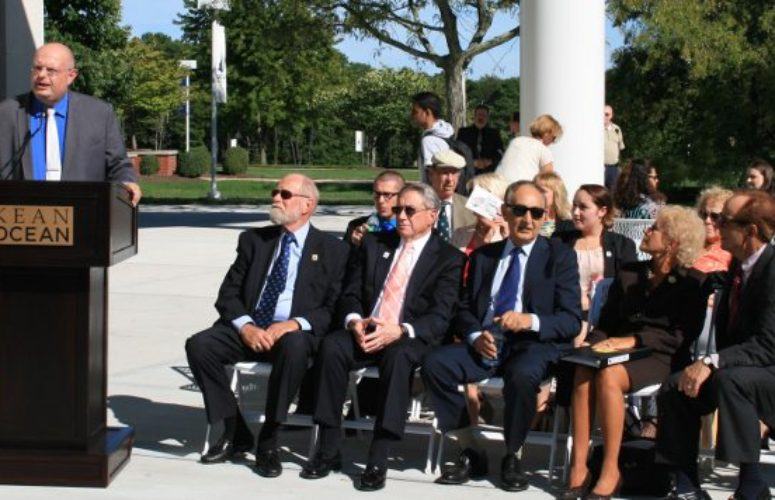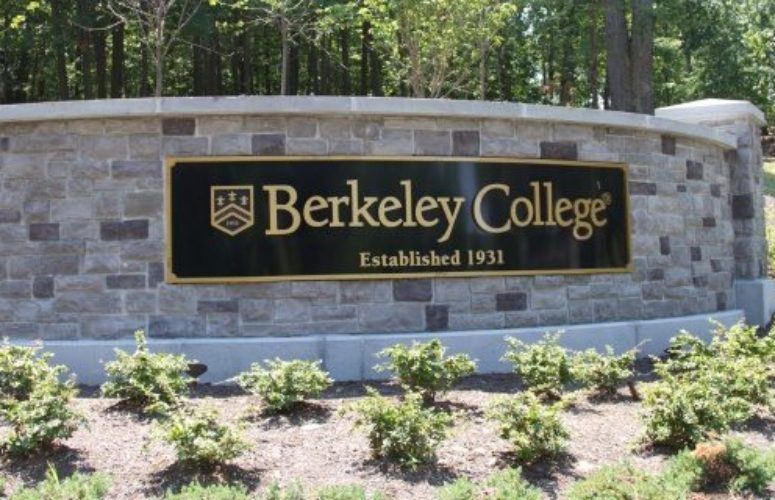
Artificial Intelligence Across Higher Education
Discover how New Jersey colleges and universities are being impacted by AI and how they are implementing it throughout their respective institutions.
By Meg Fry, Contributing Writer On Jun 19, 2024With New Jersey investing in scalable resources to foster and sustain a talented workforce dedicated to the research and development of artificial intelligence (AI), higher education must play a key role in not only educating future generations, but also ensuring the public is made aware of the discoveries happening in the field.
To this end, many of New Jersey’s colleges and universities have made it a priority to learn about and utilize AI tools that advance world-changing research projects.
PRINCETON UNIVERSITY
Last December, Princeton University President Christopher Eisgruber announced plans to build a multimillion-dollar AI research and development hub and accelerator at the university in collaboration with Gov. Phil Murphy and the New Jersey Economic Development Authority.
Then, this past April, more than 600 researchers, industry leaders, start-up companies and collaborators attended the university’s inaugural AI summit.
However, “given the rapid advances in AI and its applications, any static framing of research in the field will quickly become out-of-date,” wrote Jennifer Rexford, provost, the Gordon Y.S. Wu professor in engineering, and a 1991 graduate of Princeton University.
“Instead of drawing permanent lines in the sand or waiting until the dust settles, Princeton is remaining nimble by launching a set of high-intensity research projects led by groups of interdisciplinary faculties without the logistical barriers that have traditionally slowed universities down,” Roxford says.
In 2022, Princeton University created Princeton Precision Health (PPH) in response to a diverse team of researchers wanting to reduce bias in AI applications dedicated to human health, policy, and medicine.
Later that year, Princeton Language and Intelligence (PLI) was born to apply AI models to research and education efforts across academic disciplines while studying the societal and ethical implications of AI.
Lastly, the university plans to launch AI for Accelerating Innovation, focusing on the creation process from invention through control, and Natural and Artificial Minds (NAM), which seeks to help machine learning become more efficient and accurate by directly comparing it with human intelligence.
RUTGERS UNIVERSITY
From improving bridge safety to personalizing disease predictions to mitigating serious community threats, Rutgers University alumnus, students, and faculty have kept extremely busy in the research and development of AI.
Now, the institution is hoping to leverage AI outside of the laboratory.
“We are beginning to explore how we might use AI more broadly to provide better faculty support for our Institutional Review Board, simplify the financial administration of our more than $929 million of sponsored awards, and help us better protect and ensure the broad use of Rutgers faculty’s inventions and novel technologies through patents and licensing,” says Michael E. Zwick, senior vice president for research at Rutgers University.
“But like any new technology that offers great potential benefit, we must understand it and develop guiding principles, policies, and best practices for its use.”
Zwick states that predictive AI is already being used to support contract reviews, dramatically reducing turnaround time.
“AI is a potentially powerful set of tools that can enhance research, improve students’ learning experiences, and even assist researchers in competitiveness to better multiple aspects of our lives,” Zwick says. “However, we must understand and use these tools in an organized fashion to achieve the greatest outcomes.”
STOCKTON UNIVERSITY
Zheng Li, co-chair of the Faculty Senate AI Task Force and assistant professor of computer science at Stockton University, says he not only encourages his own students to use AI in his classes, but also motivates fellow faculty members to use and allow it, too.
“We cannot avoid our students using AI, and it is beneficial for them to get used to it, given it will be used in almost all future jobs,” Li says. “If our students can use it as a tool to help their learning, we should encourage that without compromising on the learning objectives.”
Li, who conducts research in AI algorithm design and system optimization, says fellow Stockton faculty must keep pace with the rapid technology in order to have the knowledge required to guide students using AI through their courses.
He also says he wouldn’t want faculty members or students to face privacy or ethics concerns due to the use of AI. “There must be clear guidelines for every course,” Li says.
ROWAN UNIVERSITY
It is morally imperative that higher education institutions remain integral partners in the development of AI, says Nidhal Bouaynaya, Ph.D., director of the Machine and Artificial Intelligence Virtual Reality Center (MAVRC), associate dean for research and graduate studies, and professor of electrical and computer engineering at the Henry M. Rowan College of Engineering at Rowan University.
“Academia knows both the promise and the weaknesses of AI,” says Bouaynaya, who spends time bouncing between fundamental and applied research in machine learning and AI at Rowan University.
“Fundamental research looks into the issues – trustworthiness, bias, continued learning, and more,” she says. “Then we look into various applications, such as aviation applications with the FAA, medical applications with a cancer center, and a U.S. Army project.
“It’s all about automating small tasks, right? It’s about simplifying our lives and making things more efficient so that we can do more creative things rather than repetitive tasks,” Bouaynaya adds.
The actual makeup of AI is nothing new, but the scale is what has made development over the last few years so impressive, she says.
STEVENS INSTITUTE OF TECHNOLOGY
More than 100 faculty members from all academic units at Stevens Institute of Technology are now a part of the Stevens Institute for Artificial Intelligence.
“As academic researchers, we can play the role of referee within public discourse, weigh in, dispel some of the hype, raise alarm if need be, and maybe also be a source of reassurance,” says Brendan Englot, associate professor, Geoffrey S. Inman Jr. Professor at Charles V. Schaefer, Jr. School of Engineering and Science, and director of the Stevens Institute for Artificial Intelligence (SIAI).
Launched in 2018, the institute serves primarily as a multidisciplinary research and development center, with projects ranging from autonomous mobile robots to AI-generated short films to predicting civil unrest and epidemics.
“We have a professor in our School of Systems and Enterprises, for example, who used large language models to create an AI tutor for his course,” Englot says. “He trained it using the transcripts of emails he had received over the years containing questions regarding the content of his course. He is deploying that now in an experimental way, making that a resource available to students – [it’s] 24/7 availability of a chatbot trained on all the questions and answers that have arisen throughout the course over several years.”
Englot says it’s also imperative that Stevens teach its students and faculty to ground themselves in fundamental research before anything else.
“Beyond just trying to make AI bigger and more powerful, we need to make it stronger, more reliable, more trustworthy – and this kind of fundamental research is not necessarily going to be helped by just throwing more computer power at it. … It’s fundamental research into the core algorithms that we use to build our AI systems from the ground up.”
To access more business news, visit NJB News Now.
Related Articles:





